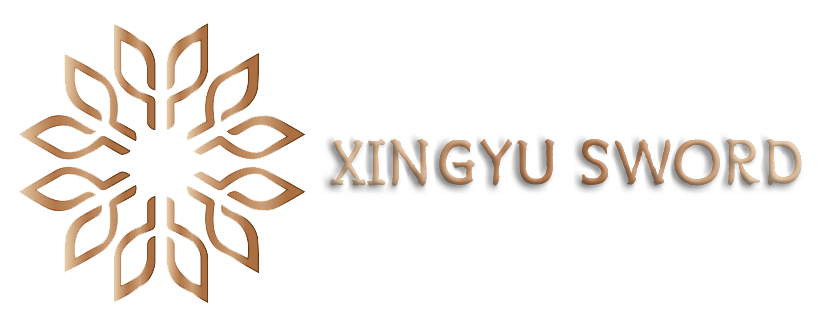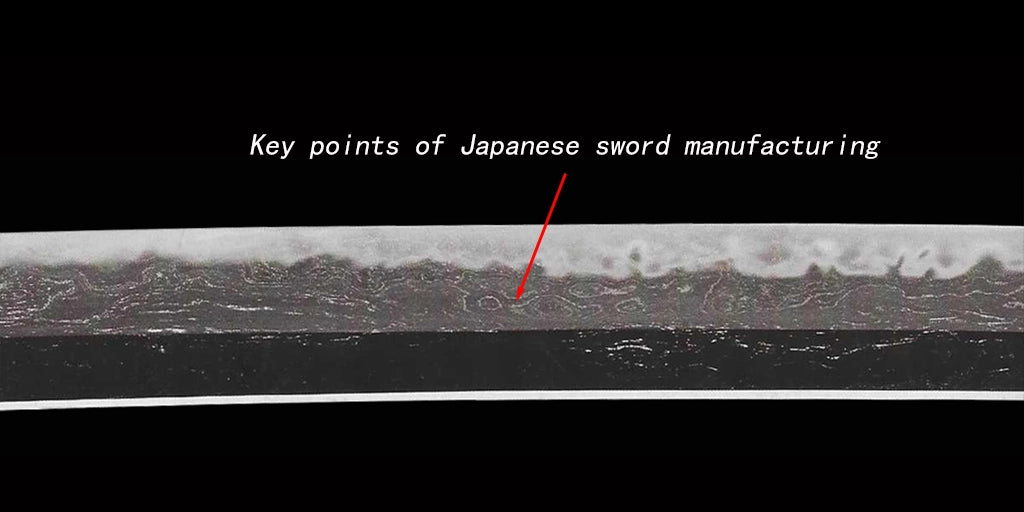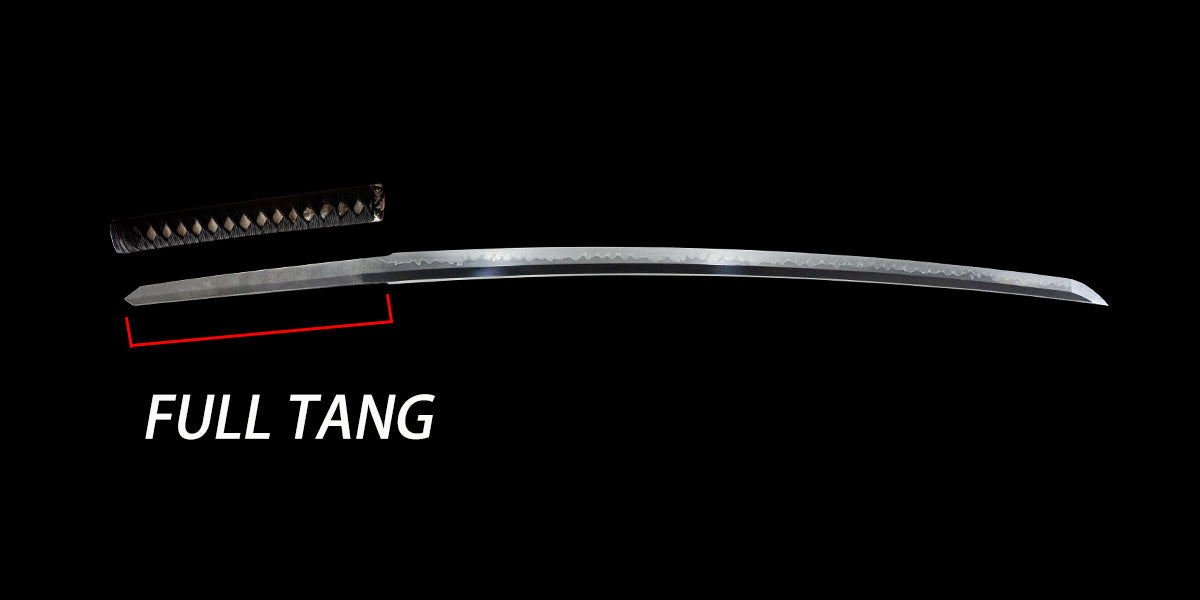Why are katanas curved?
Formation and history of curved katana
When we talk about katana, we have to mention China. According to historical records, Japan had exchanges with China during the Warring States period, when a large number of Chinese-made swords were imported to Japan via the Korean Peninsula, thus inspiring the development and refinement of the Japanese sword.
At that time, a large number of Chinese-made swords were imported to Japan via the Korean Peninsula, which inspired the development and perfection of the Japanese sword. During this period, short weapons made in the Han Dynasty of China flowed into Japan in large quantities, especially the Han Dynasty swords with iron rings at the end, which were very useful for the development of Japanese swords. Han Dynasty swords with iron rings at the end had a far-reaching influence on the evolution and development of the Japanese weapon system. The Shokurain in the Todaiji Temple in Nara, Japan still has a collection of Chinese Tang swords.
Tang Sword from the Shosoin Collection, Japan

It can be seen that under the influence of Chinese cold weapons, the early Japanese swords were straight-edged before the Nara period, and it was not until the end of the Heian period that the straight sword evolved into the curved tachi form. At that time, the weapons used by the “Emishi”, the indigenous people living in the northern part of Honshu and Hokkaido, who had fought with the Yamato people for many years, were slightly curved Warabite swords.
The Warabite sword dates from around the Tang Dynasty in China, and the two influences changed the shape of the Japanese sword into the tachi, a curved sword suitable for cavalry combat.
Later, in the Heian period, the birth of Kogarasu Maru, which is called the “Ancestor of the Japanese Sword”, was recognized as the starting point of the complete finalization of the Japanese sword, and the Japanese sword became what we know it as. From then on, the Japanese sword became what we know it to be, with the curved “sori”.
Kogarasu Maru is now in the collection of the Imperial Household Agency of Japan and is held in trust by the Tokyo National Museum.

As to why the curved blade was developed, the general opinion is that in the late Heian period, when the samurai were active and there were many wars, the rider had to do a lot of ring steps and peddling when charging on horseback, as opposed to stabbing with a straight-bladed sword.
In contrast to the straight-edged sword, the rider had to make a lot of circular steps and circles when charging on horseback, so a sword with a curved blade would be easier to pull out, and would bring out the advantages of lightness and flexibility. After all, the nature of arm movement is to rotate on the axis of the joints, so a curved blade is easier to draw than a straight one. The so-called “iaido” in Japanese swordsmanship is simply a technique for quickly pulling out a sword and cutting someone.
From tachi to katana, the sori of the Japanese sword varies greatly. As mentioned above, the Heian period was basically a period of horse fighting, which depended on the strength of the weapon, and the length and inertia of the weapon often gave the advantage in a duel between generals, and so the tachi, with its exaggerated curvature and length, began to kill in all directions. In the late Muromachi period, with the introduction and popularization of iron cannons, the battle format also changed from horse combat to group combat, and the tachi lost its practical role in combat, and the katana with its upward-facing blade and smaller curvature became the mainstream at this time.
How to determine the curve in a katana?
The size of the curve (sori) is determined by the perpendicular distance from a straight line joining the tip of the blade to the leading edge of the habaki to the highest point of the curvature of the back of the blade, and then differentiating the attitude of the sori based on the portion of the blade where this highest point is located; the curvier the blade of the katana, the greater the figure of the sori.

How much curve should a katana have?
The “sori” of katana is usually around 1.5 centimeters, but varies from swordsmith to swordsmith. In traditional Japanese sword making, although the curve can be controlled manually by adjusting the shape of the blade and grinding it later, the quenching process is still somewhat uncontrollable, so swordsmiths often rely on decades of experience in casting to achieve the iconic katana curve.
Are all katanas curved?
The katana is curved for ease of drawing and wearing, but there are also blades designed to be straight, such as the chokuto. as the base katana, it paved the way for the development of the katana afterward.
Despite the lack of sori, the chokuto still has great cutting capabilities.



Leave a comment
This site is protected by hCaptcha and the hCaptcha Privacy Policy and Terms of Service apply.